For railway enthusiasts, Yokohama is one of the nicest spots in Japan for strolling some railway heritages. We introduce three places you should visit in Minato-Mirai, the famous tourist spot in Yokohama.
Kishamichi Promenade [Sakuragicho sta.]
The pedestrian walkway leading from JR Sakuragicho Station to the Red Brick Warehouse and other areas is called “Kishamichi Promenade” (汽車道). As the name “Kisha(train) michi(road)” implies, this walkway used to be an important freight line. To preserve this history for future generations, the Kishamichi Promenade is lined with valuable truss bridges, and some of the rails have been preserved.
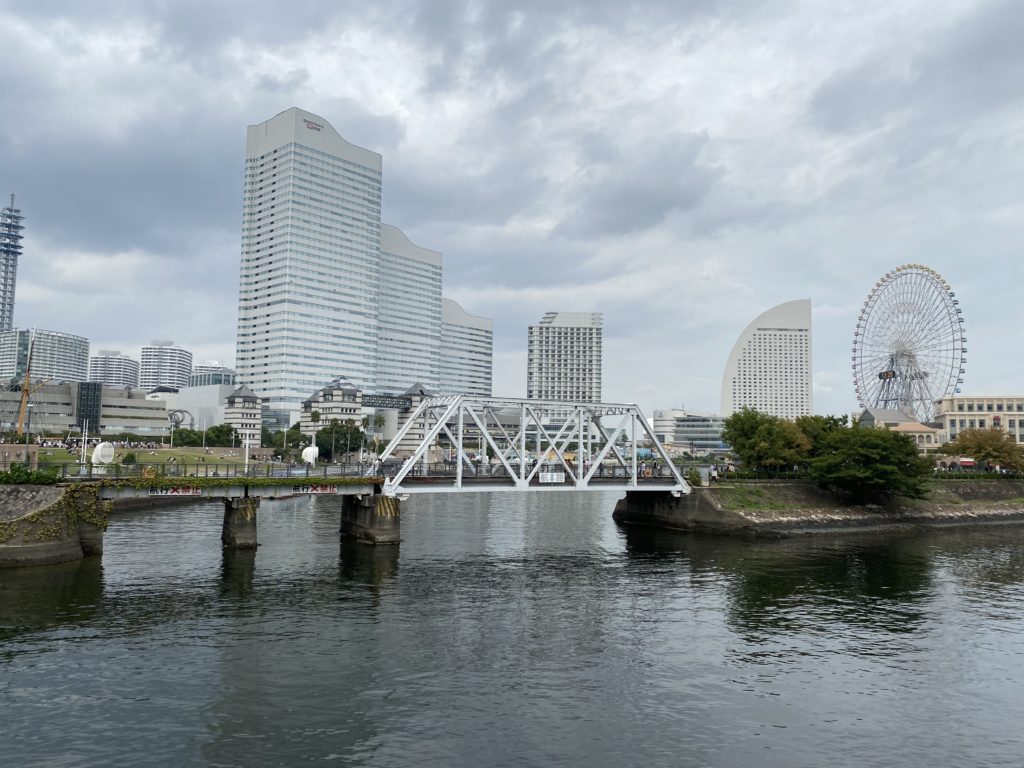
The first railway in Japan connected Shimbashi in Tokyo to Yokohama. At that time, Yokohama Station was located around the present Sakuragicho Station. After the opening of Japan to the outside world, Yokohama became an important port open to foreign countries. Railways were an important infrastructure that supported logistics at that time, and many freight lines were laid in what is now the Minato-Mirai district.
This train line was built in 1911 as the “Rinko(harbor) Line” and continued to the Red Brick Warehouse.
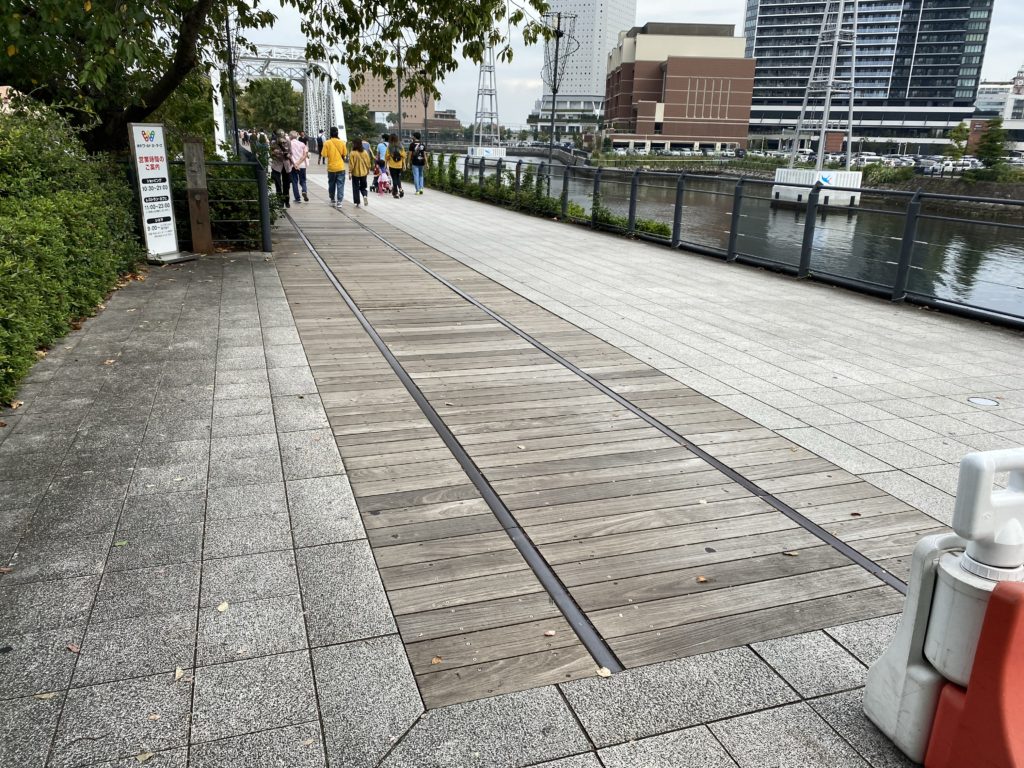
There are three iron bridges on the route, each of which is historically significant. This is the Minato(Harbor) No. 1 Bridge.
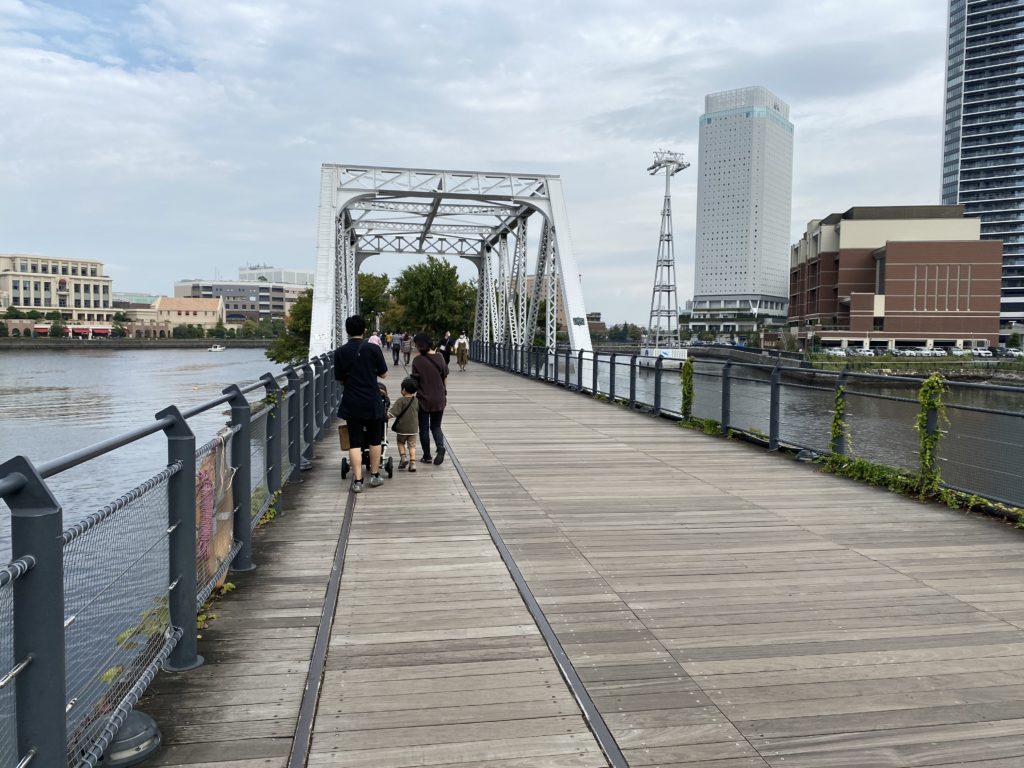
This bridge was imported from the American Bridge Company. In the Meiji era, Japan did not have the technology to build steel bridges, so many bridges made in England and the U.S. were introduced. The Minato No. 2 Bridge, described below, is also from the American Bridge Company.
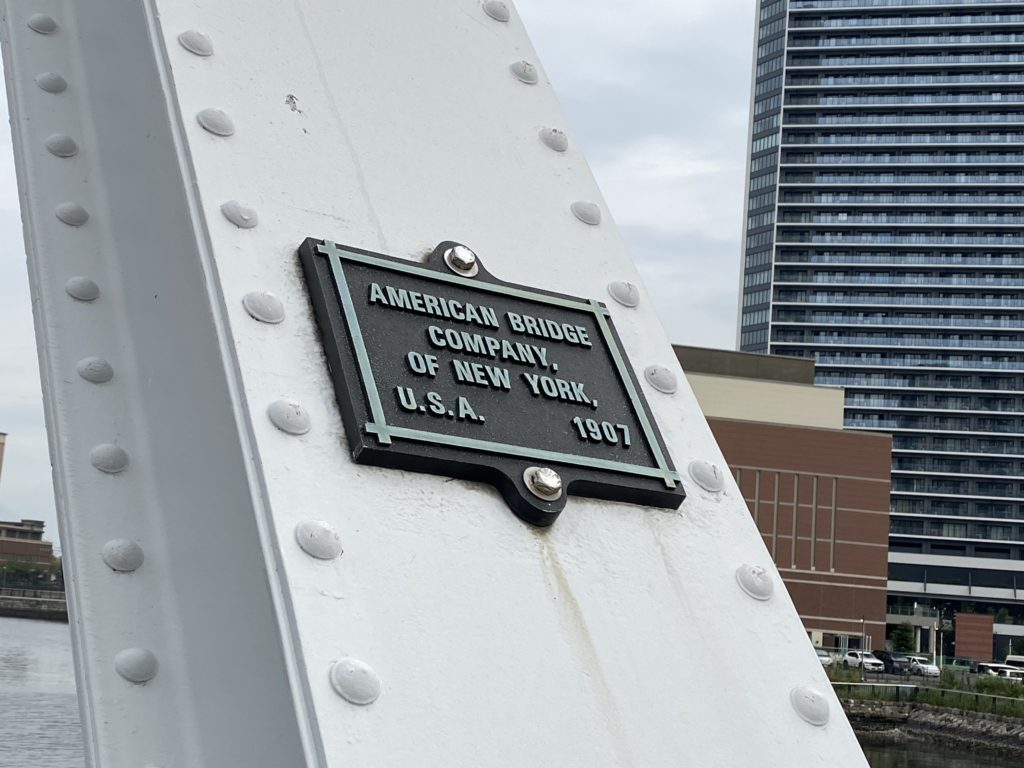
The Minato No. 2 Bridge appears next.
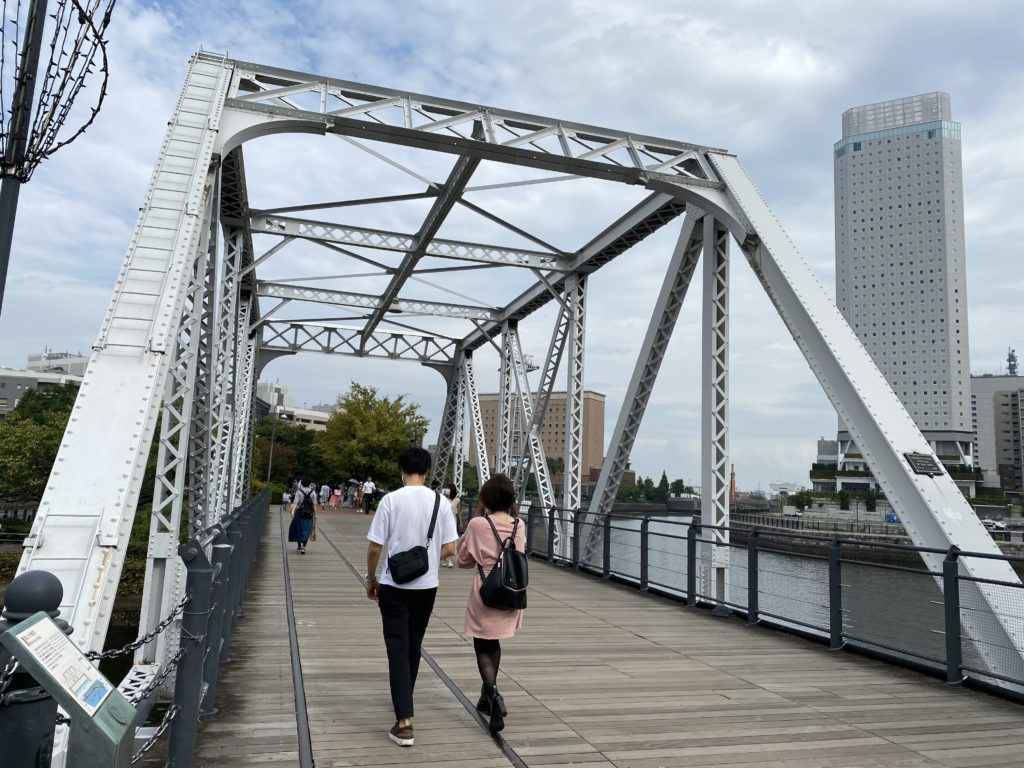

The last one is the Minato No. 3 Bridge. This bridge was first imported from England as the Yubari River Bridge (Yubari Line of Hokkaido Coal Mine Railway) in Hokkaido. Later, it was brought from Hokkaido to be used as a bridge over the spur truck to the Silk Conditioning House Yokohama located in present-day Minato-Mirai. The fact that the bridge was brought all the way from Hokkaido indicates that railroad bridges were so technologically advanced and expensive that Japan could not have built them on its own then.

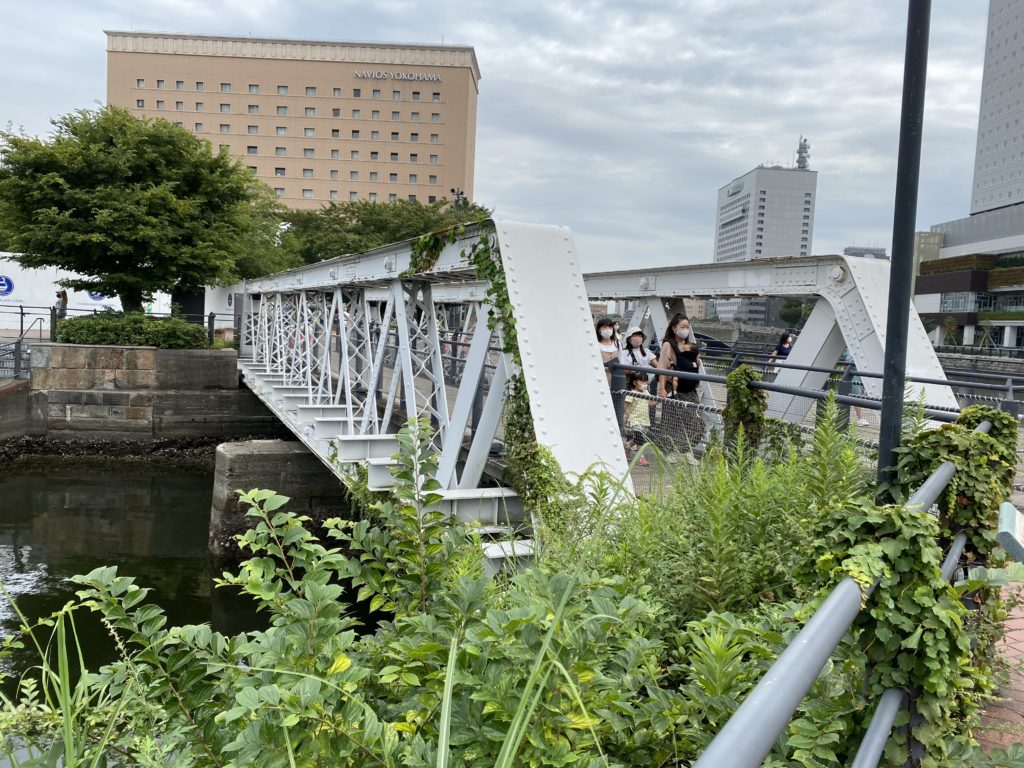
The building in the back is built over this train path.

The railway track remains beyond the building. The line continued straight ahead to the Red Brick Warehouse. Export goods were managed and loaded onto ships at the warehouse. The platform of “Yokohama Port Station” remains next to them.
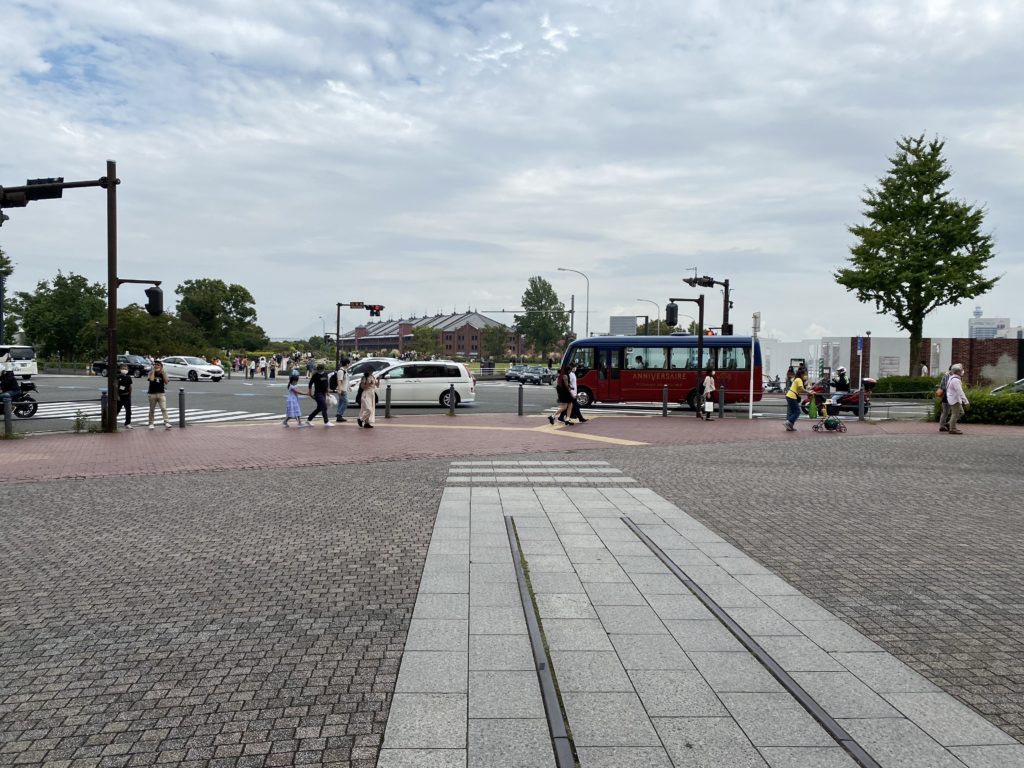
We are back at Sakuragicho Station. The station displays scenes from yesteryear. The present-day Minato-Mirai area was once home to many railroad facilities and government offices controlling imports, exports, and immigration.
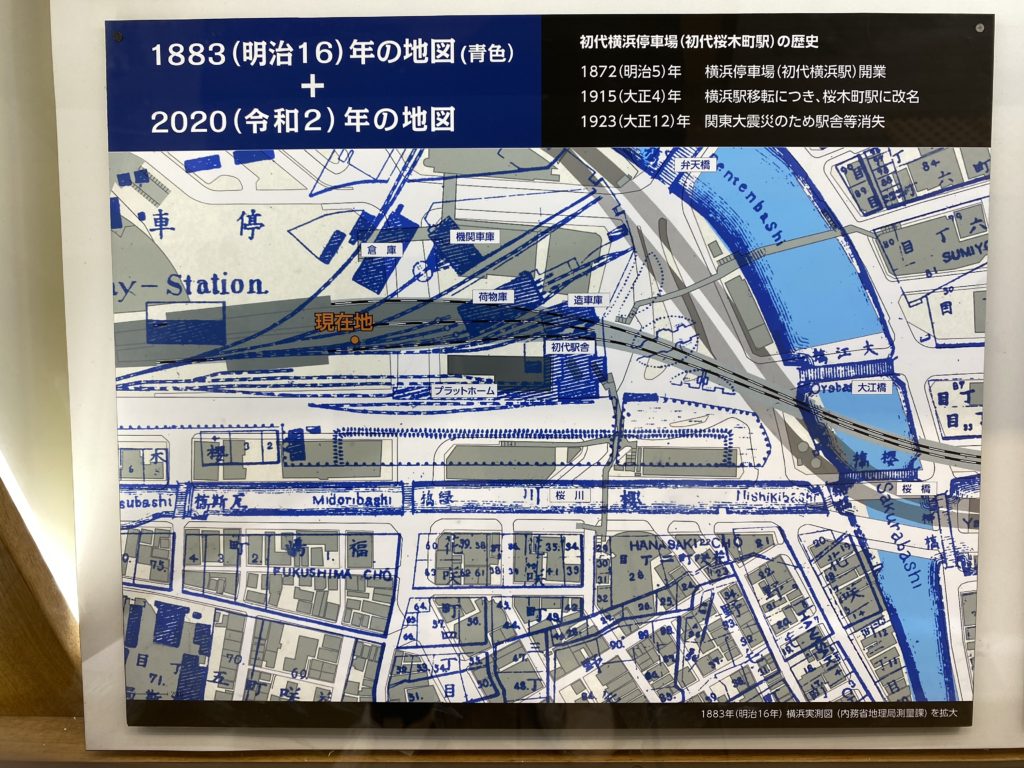
Japan’s main exports during the Meiji period were raw silk, silk products, and tea leaves. Raw silk was especially important. A railroad network was built to efficiently transport raw silk from Gunma and Nagano prefectures, where it was produced, as well as from Hachioji in Tokyo. The raw silk was then collected here in Yokohama, inspected, and exported to other countries, and the profits earned from the exports were used to industrialize Japan.
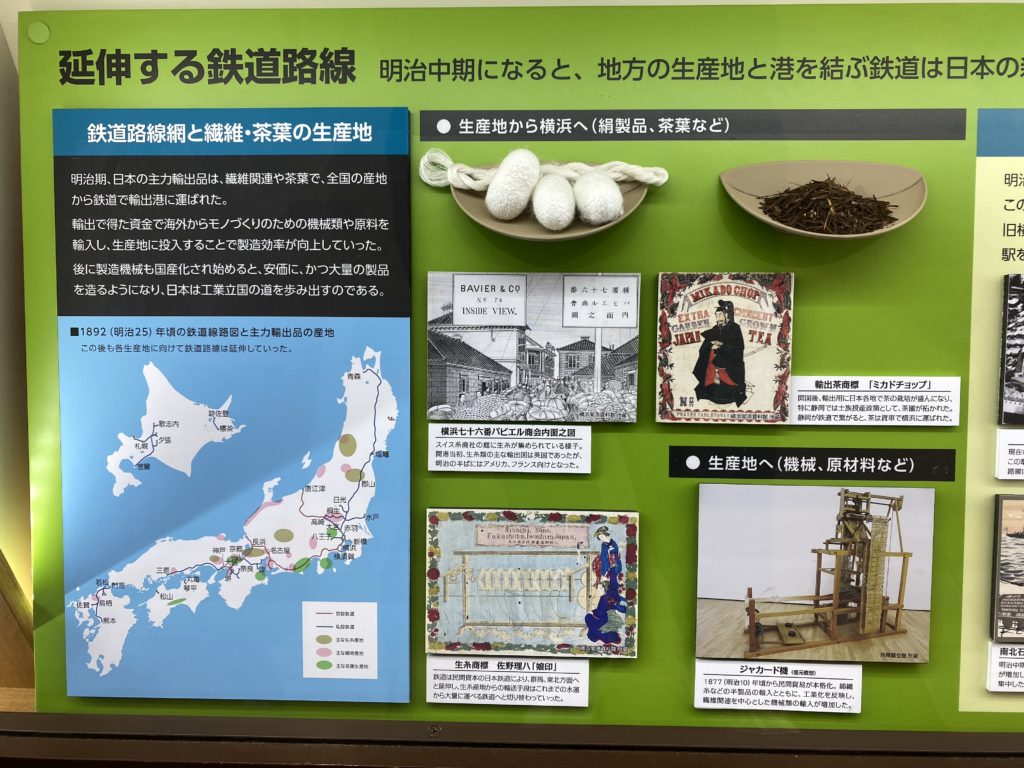
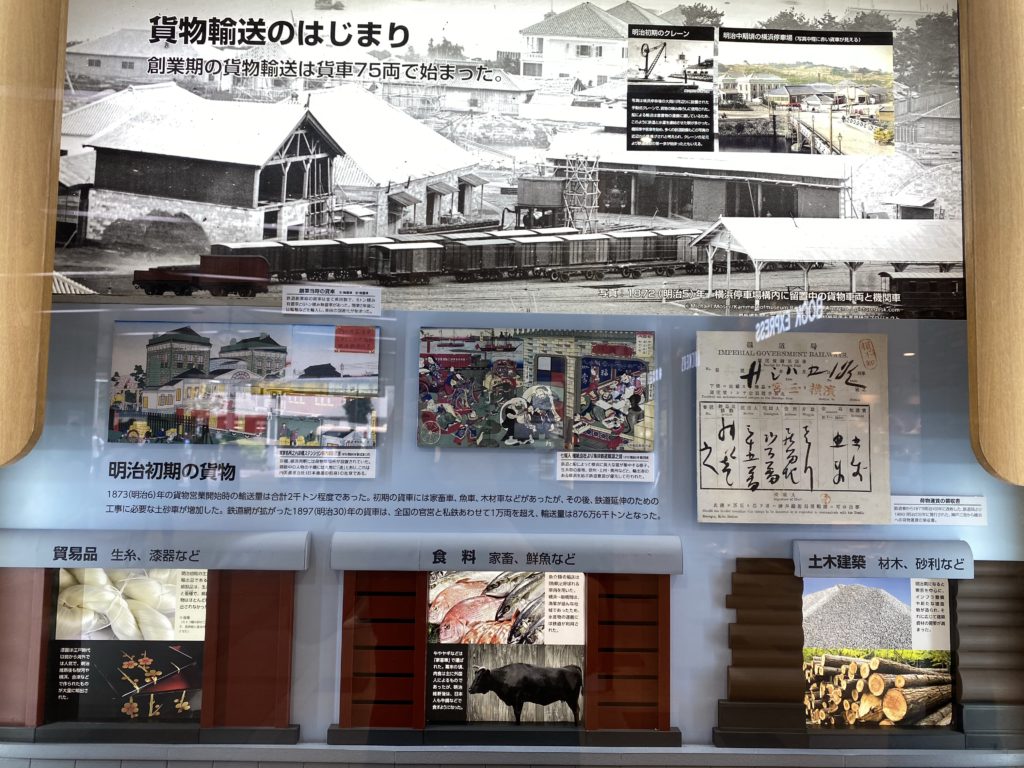
This is a place where visitors can easily see the remains of Yokohama’s railways that have supported the growth of modern Japan.
| access | A short walk from Sakuragicho station on the Yokohama line and the Keihin-Tohoku line A short walk from Bashamichi station on the Minato-Mirai line |
| fee | free |
Former Yokohama Railroad History Display [Sakuragicho sta]
The Railway Gallery “Former Yokohama Railroad History Display (旧横ギャラリー)” is located in CIAL Sakuragicho, next to Sakuragicho Station. This facility was built to commemorate that Sakuragicho Station used to be Yokohama Station, and the steam locomotive that used to run here is on display.

The gallery is right outside the West or New South Exit of JR Sakuragicho Station. Next door is the “JR East Hotel METS Yokohama Sakuragicho”. The gallery is on the first floor of CIAL Sakuragicho.
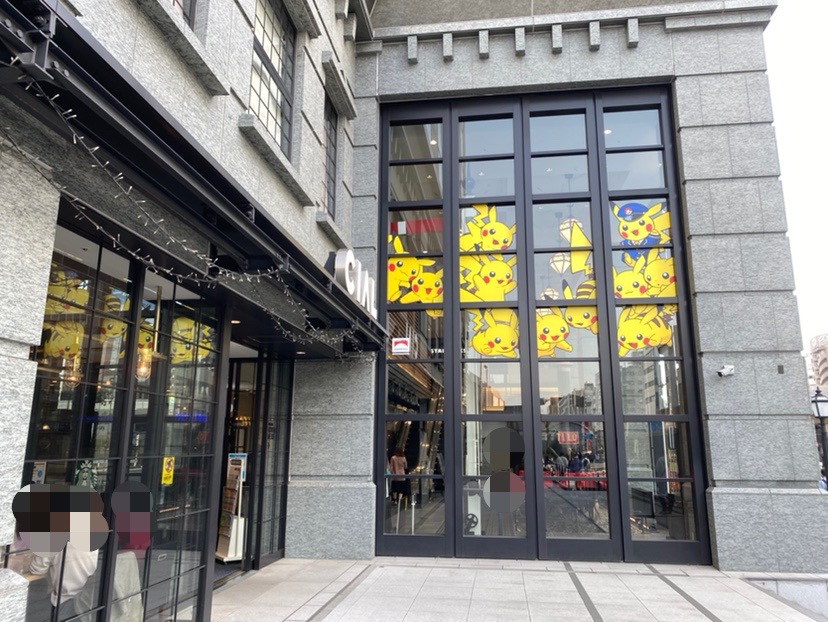
The main part of the gallery is a Class 110 steam locomotive, one of the oldest locomotives in Japan.
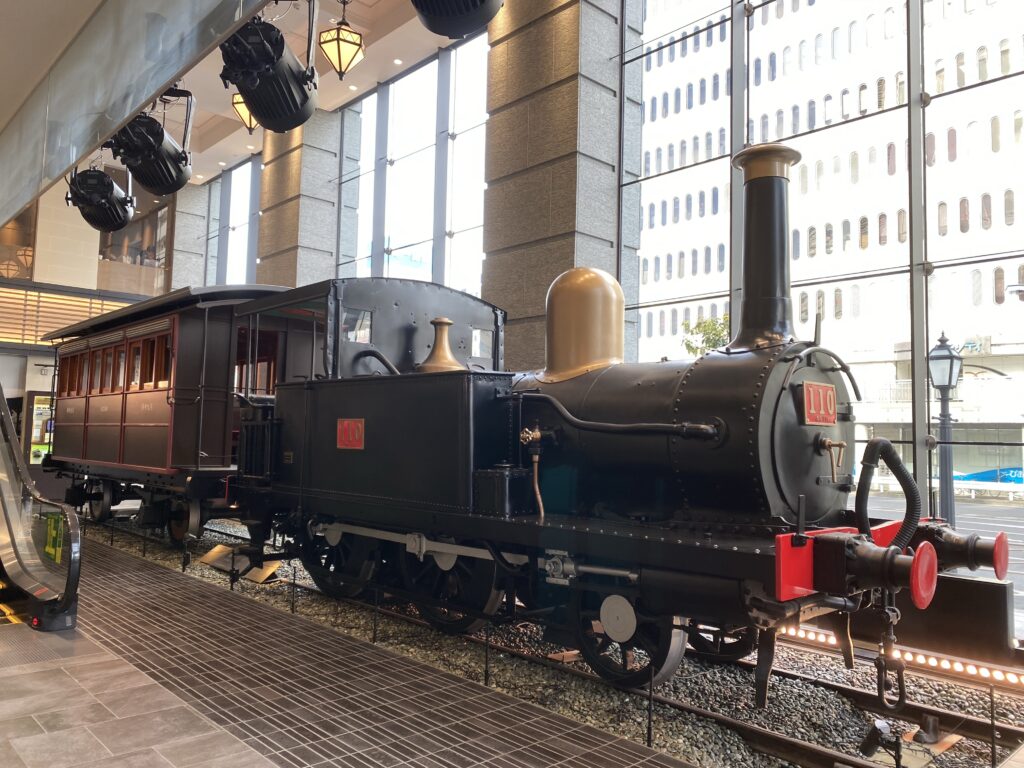
The locomotive, also known as Class A2, was imported from Yorkshire Engine Co. Limited, Meadow Hall Works in England, and after working on the Tokyo-Yokohama route, it was preserved at the Omiya Works and Ome Railway Park before coming here in 2020. This is a tank locomotive and the only Yorkshire-built steam locomotive in Japan.

Behind the locomotive, an accurately reproduced middle-class passenger car is connected.
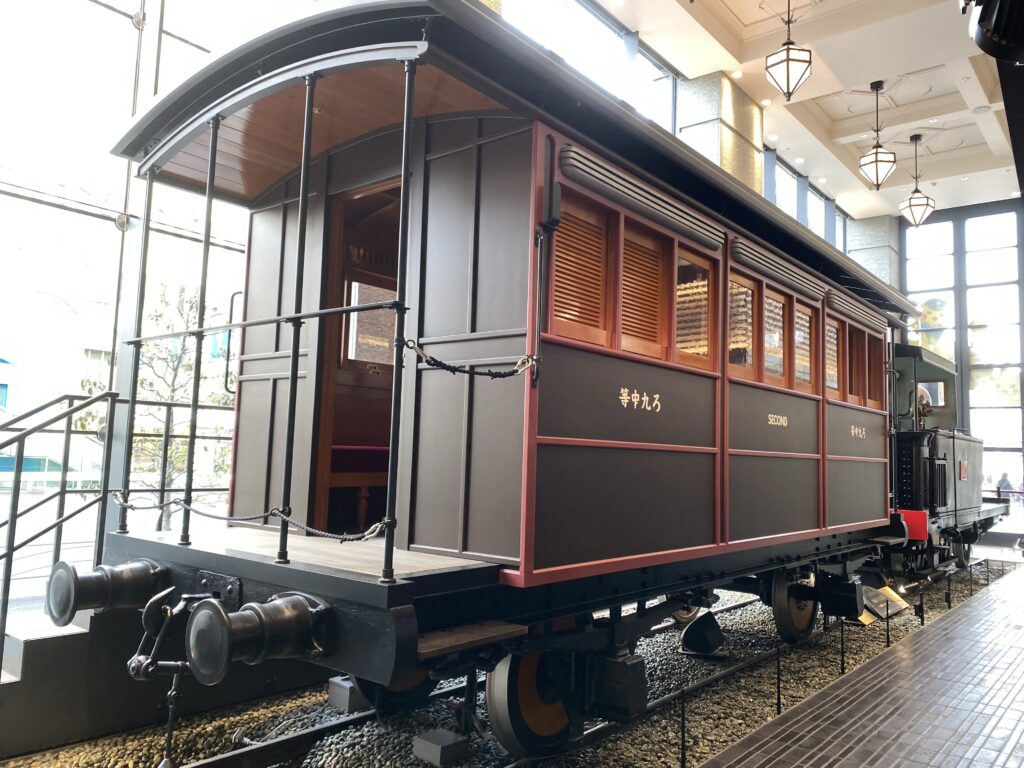
In recreating the vehicle, they also referred to materials from the United Kingdom. There are open decks at both ends.

In addition to the locomotive exhibit, the history and anecdotes of the establishment of Japan’s first railroad between Shimbashi and Yokohama are on display.

On the day of the opening ceremony of the railroad between Shinbashi and Yokohama, the train was used by Emperor Meiji. The first and second cars carried the Imperial Guard, the third car the Emperor Meiji, and the fourth car the ambassadors and other dignitaries.
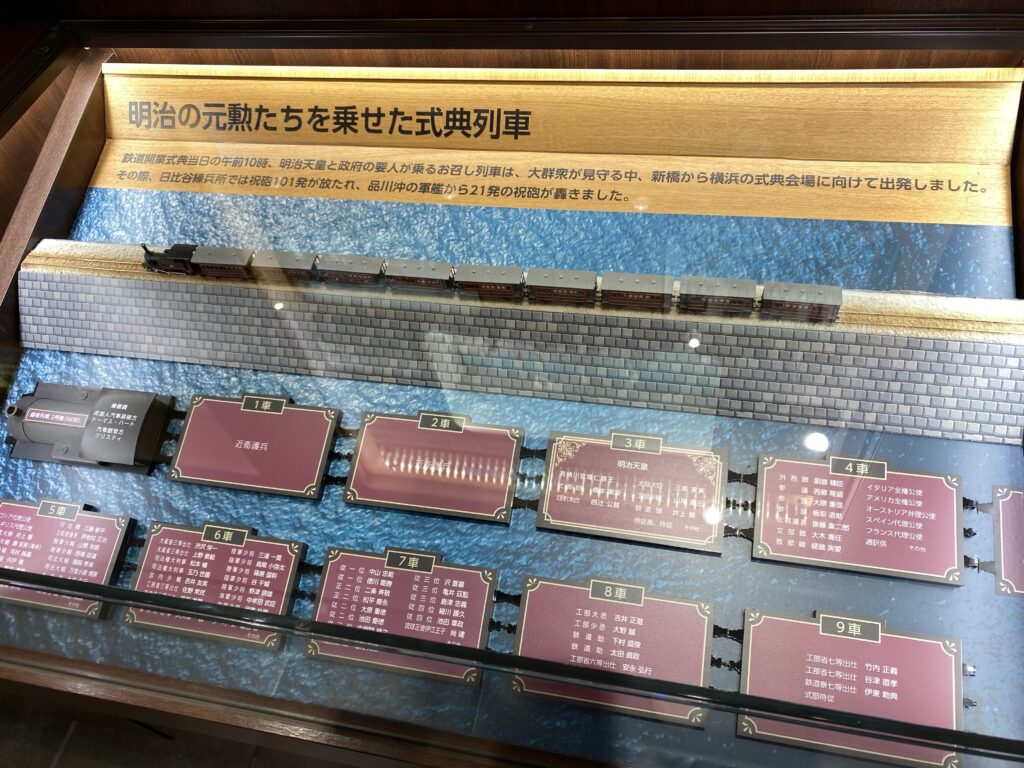
At that time, Yokohama Station was located in Sakuragicho, and Kanagawa Station was located around the present Yokohama Station. In other words, Sakuragicho was the location where the first railway ran.

Finally, I watched a diorama of Yokohama Station as it was then.
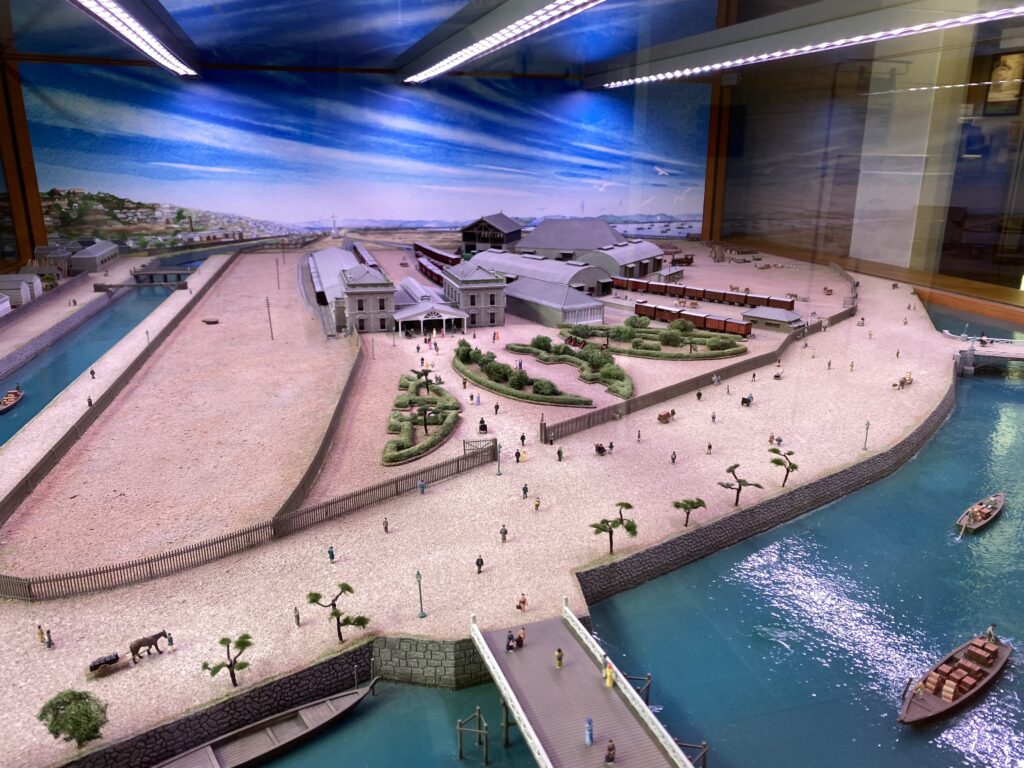
The facility also has a café and a nice restaurant, creating a relaxing atmosphere. Here is a spot where you can feel the history of the railroad close at hand.
| access | A short walk from Sakuragicho station on the Yokohama line, the Keihin-Tohoku line, and the Yokohama Municipal Subway Blue line |
| fee | free |
| open hours | 7:00 am to 11:00 pm |
The Hara Model Railway Museum [Yokohama sta/Shin-takashima sta]
The Hara Model Railway Museum is home to one of the world’s largest dioramas and a vast collection of model trains. The founder, Mr. Hara, is a world-renowned collector and builder of model trains. He traveled all over the world to experience trains and recreated some of his most memorable trains in model form. You can see many of his valuable collections.

It is a 5-minute walk from Yokohama Station or a 3-minute walk from Shin-Takashima Station on the Minatomirai Line.
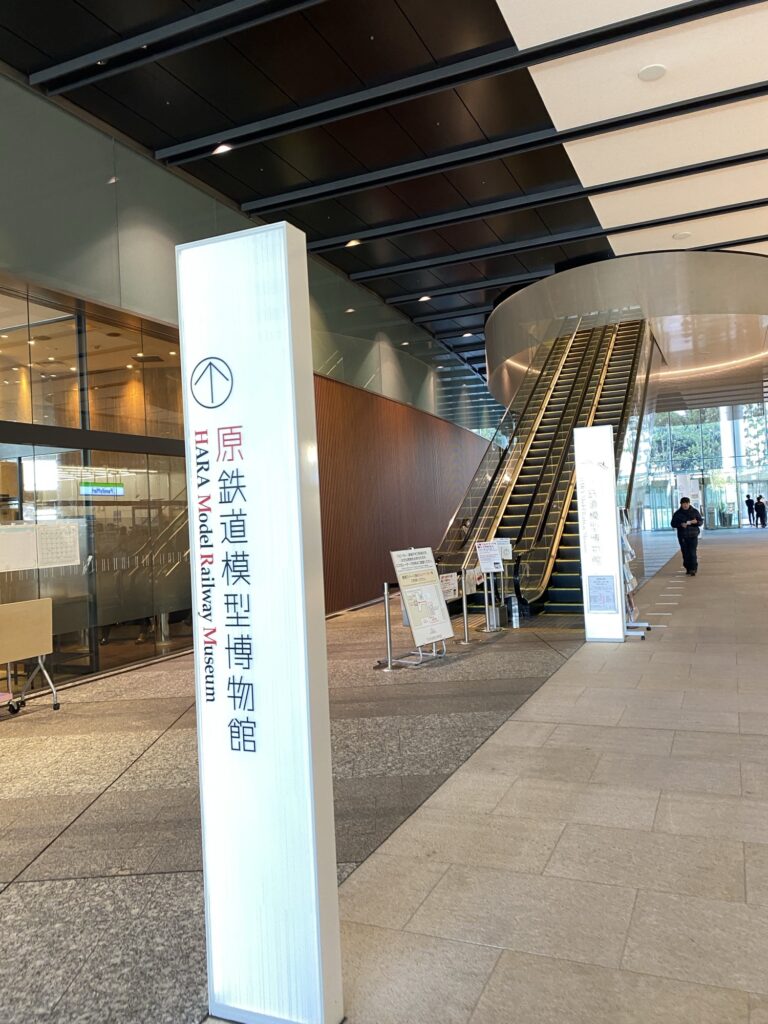
Various model trains are arranged by category.

This is the Orient Express coach operated by Wagons-Lits.
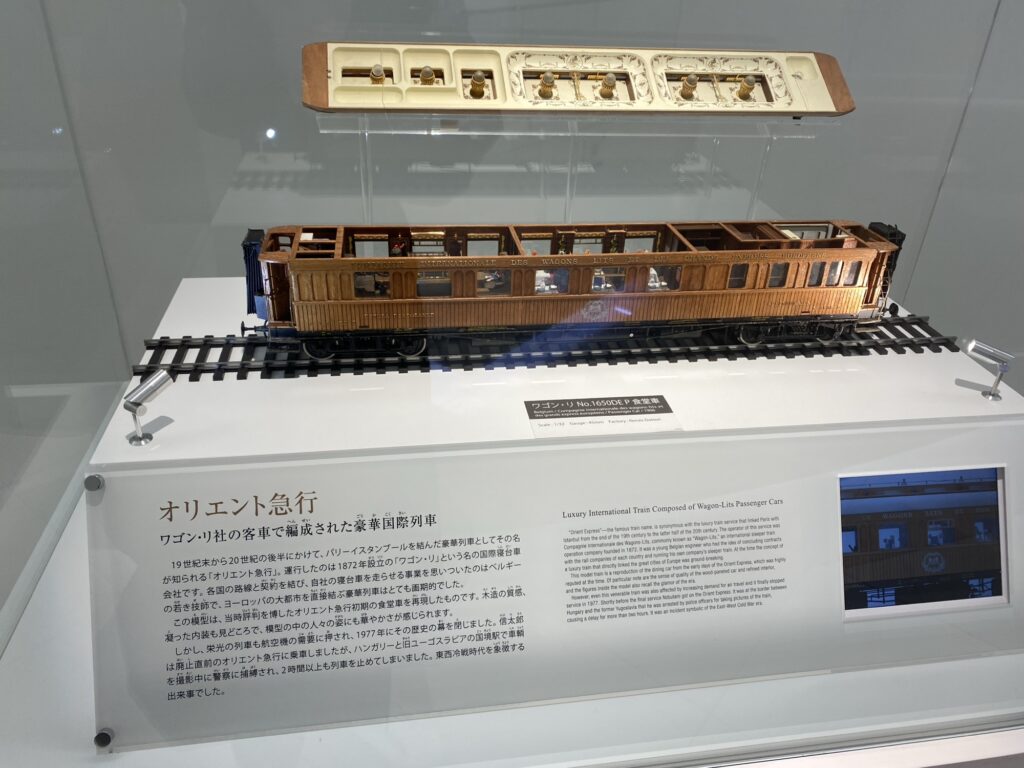
This is a Geumgangsan Electric Railway car that operated on the Korean Peninsula under Japanese rule.
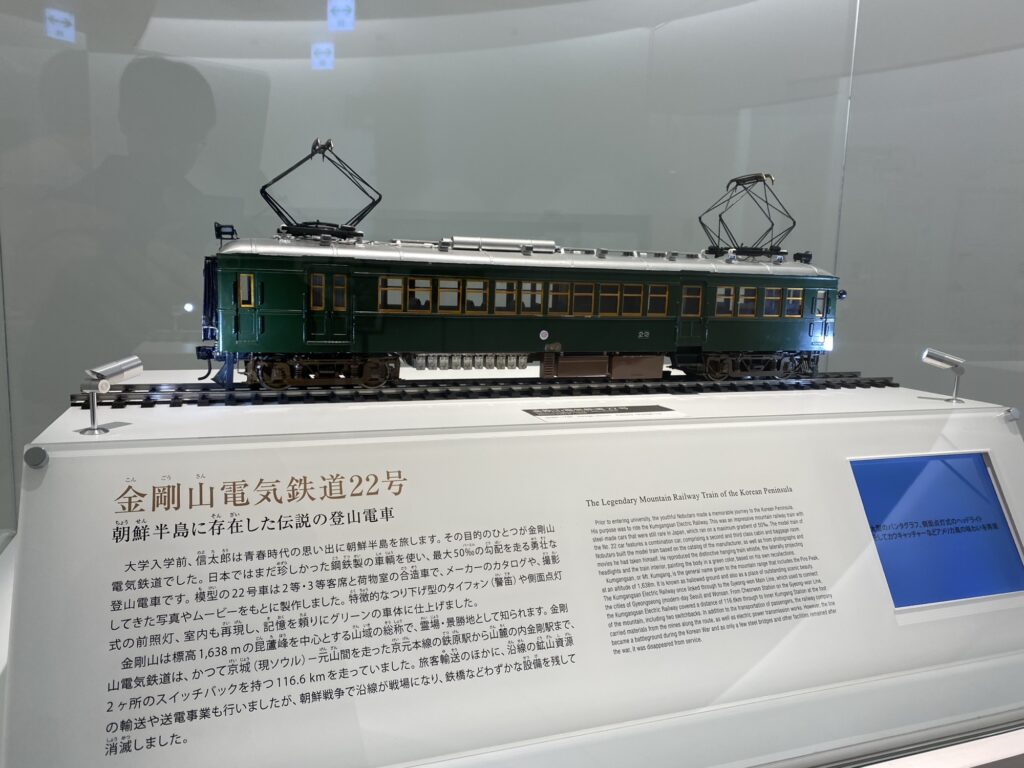
Other valuable collections will also be on display.
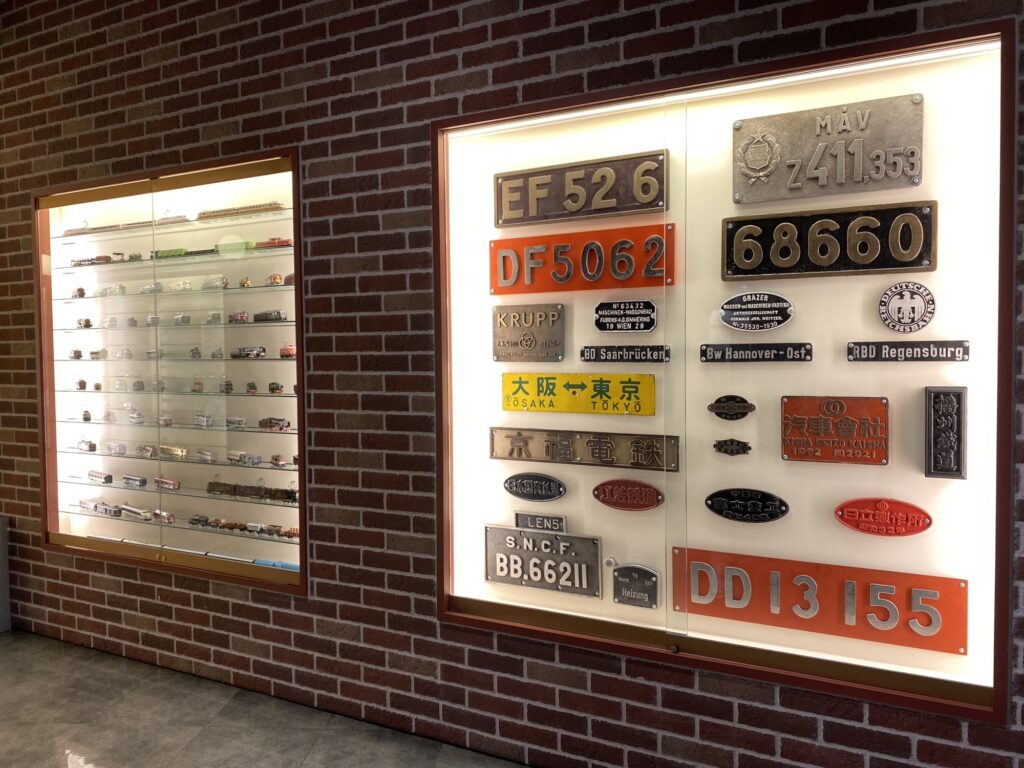
The diorama is the main attraction of this museum. It is said to be the world’s largest diorama of the gauge 1 model trains open to the public.
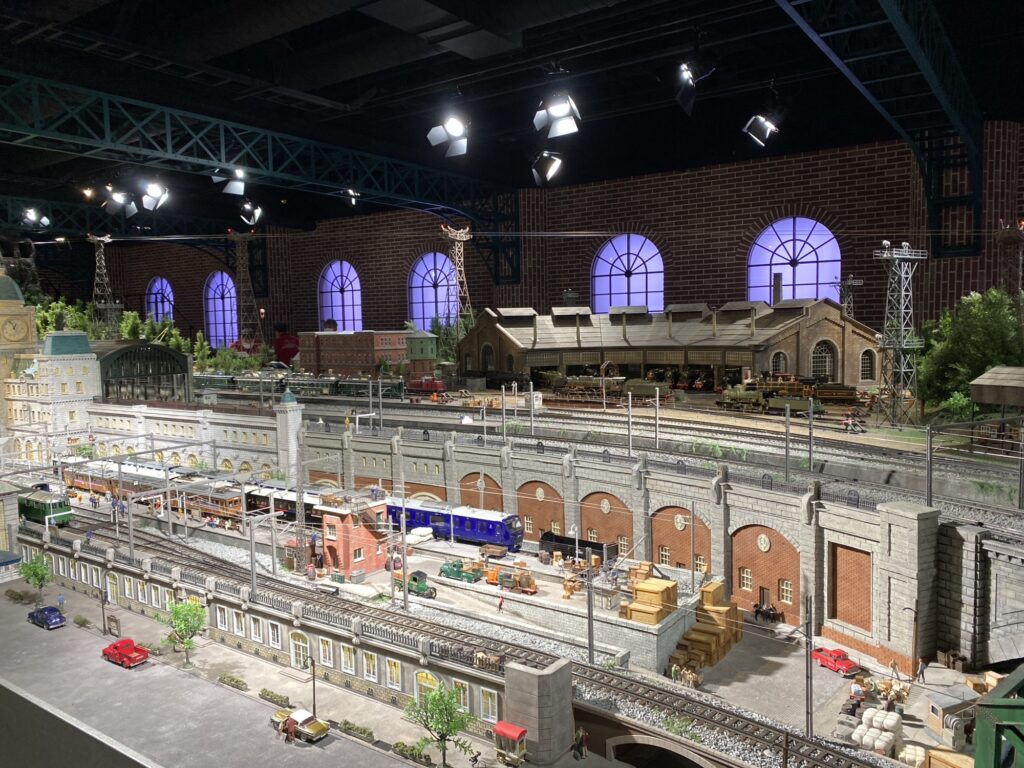
The trains in the diorama actually run on power collected from overhead wires.

The last is a diorama of Yokohama, the birthplace of the railways in Japan.

Tickets are time-limited and must be purchased in advance online or from a FamilyMart multi-copy machine (not available at the counter). You can purchase at the FamilyMart on the first floor of the building.
| access | A 5-minute walk from Yokohama Station A 3-minute walk from Shin-Takashima Station on the Minatomirai Line |
| fee | Weekdays: Adults 1,200 yen, Junior/senior high school students 900 yen, Children (4 years and older) 600 yen Weekends, holidays, high season: Adults 1,300 yen, Junior high school and high school students 1,000 yen, Children 700 yen |
| open hours | 10:00 am – 5:00 pm (last admission 5:30 pm) |
| closed day | Tuesdays and Wednesdays (If Tuesday or Wednesday is a national holiday, the museum will be open and closed on the following business day.), New Year’s holidays, maintenance and inspection periods |
| how to buy tickets | At e-plus(Japanese only) or FamilyMart multi-copy machines |
Excursion
Yokohama Tram Museum [Takigashira]
Yokohama used to have a network of tram lines, which were an important form of public transportation. Today, however, they have been replaced by subways and bus lines.
The Yokohama Tram Museum was built to commemorate the history of trams in Yokohama.
The Yokohama Tram has expanded with the city’s development from 1904 to 1972 and has been loved by citizens. It is an essential part of the modern and contemporary history of Yokohama.
I took the Yokohama City Bus “No. 102” from the Yokohama Station Bus Terminal and got off at the “Takigashira” bus stop.
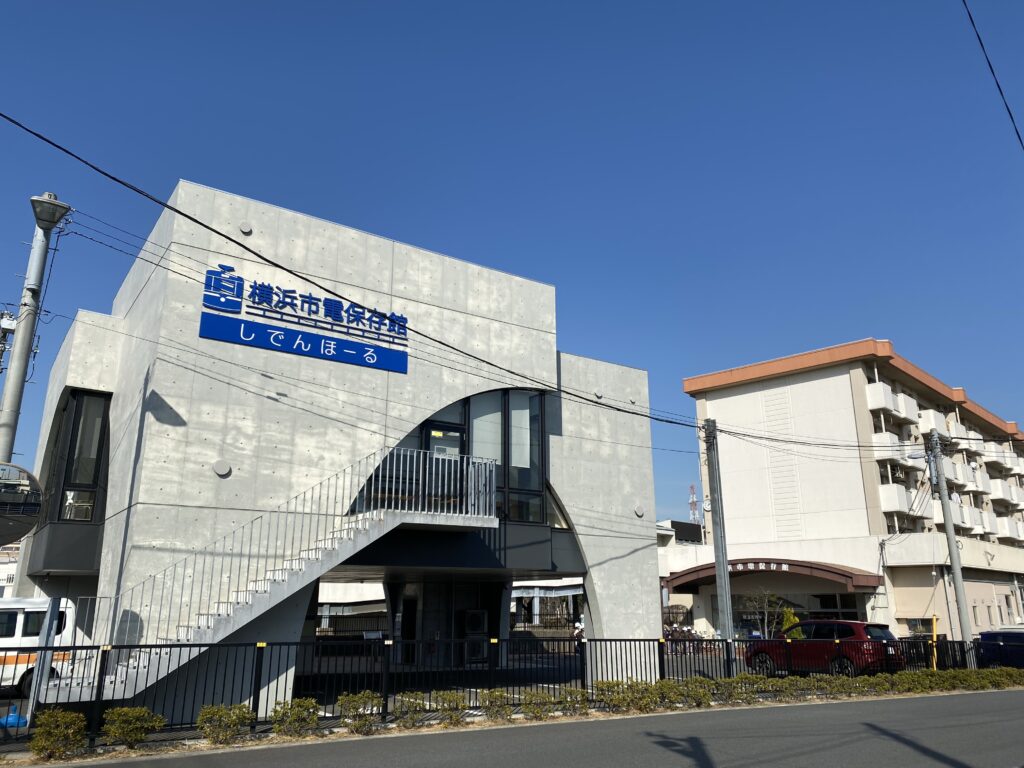
First, six actual tram cars are on display. Many other pieces of equipment were used on the tram.
First up is the Type 500, with its nice navy livery, of which 60 cars were manufactured.
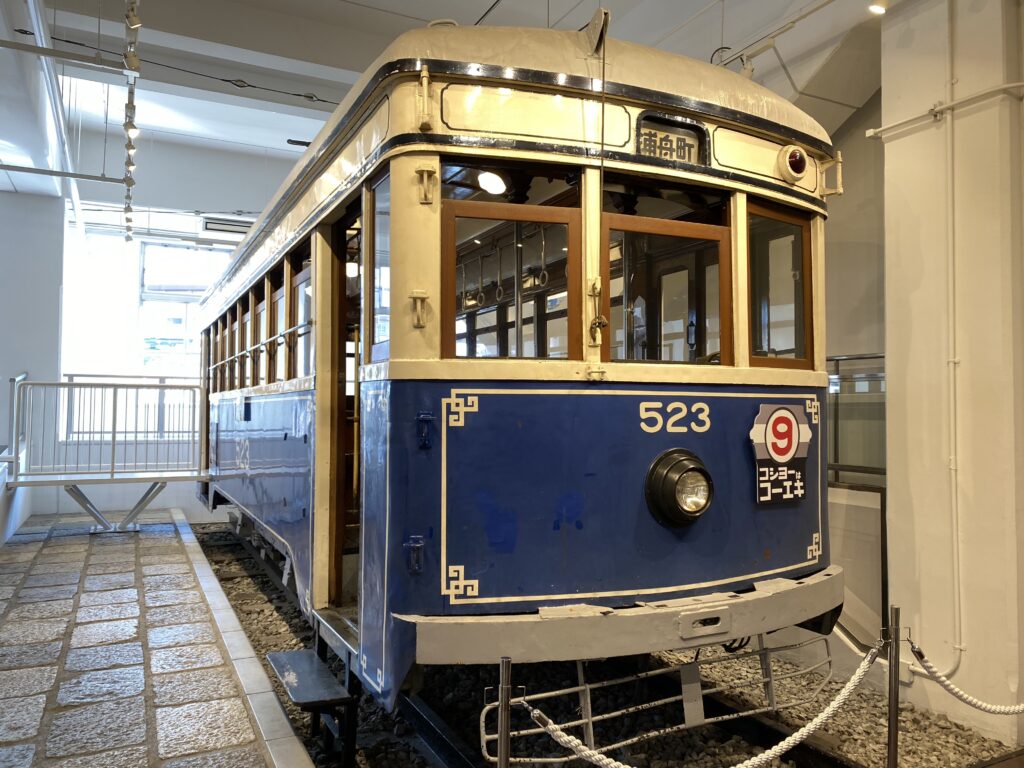
You can enter the car or sit in the seat. The floor is made of wood, and just by entering the car, you are taken in by the atmosphere of the time, as if times have changed. The lighting is also retro.
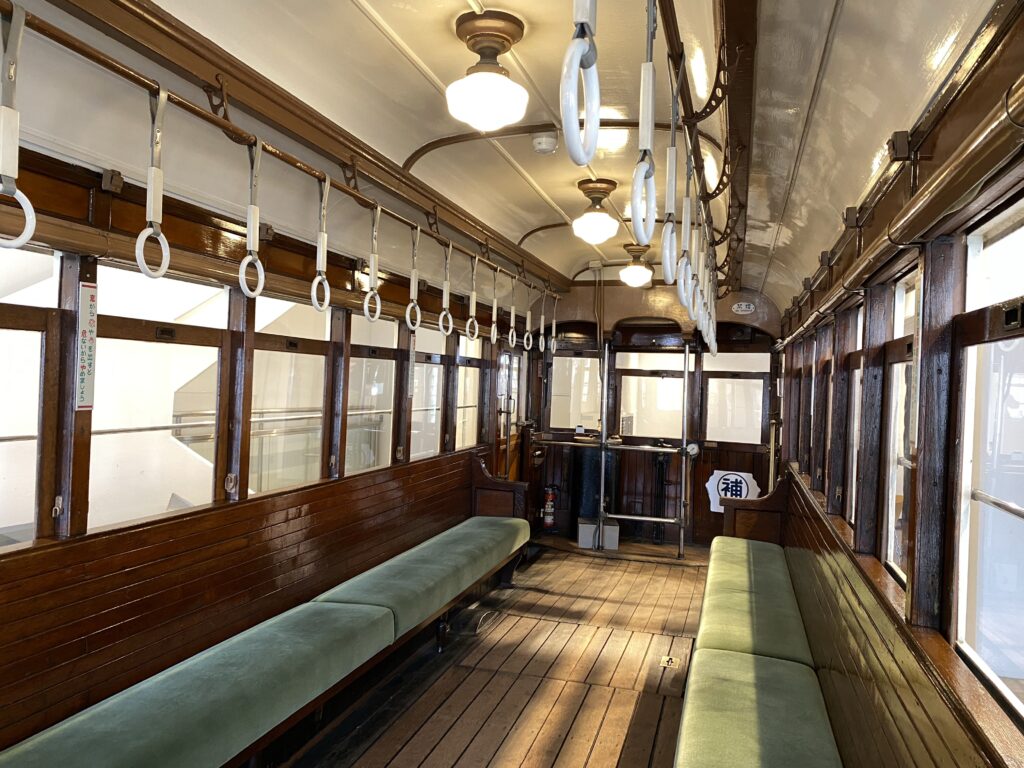
Next is the Type 1000. These cars were purchased as part of the earthquake reconstruction project, and conductors were placed at the rear and middle doors, respectively. The advertisements from those days remain.
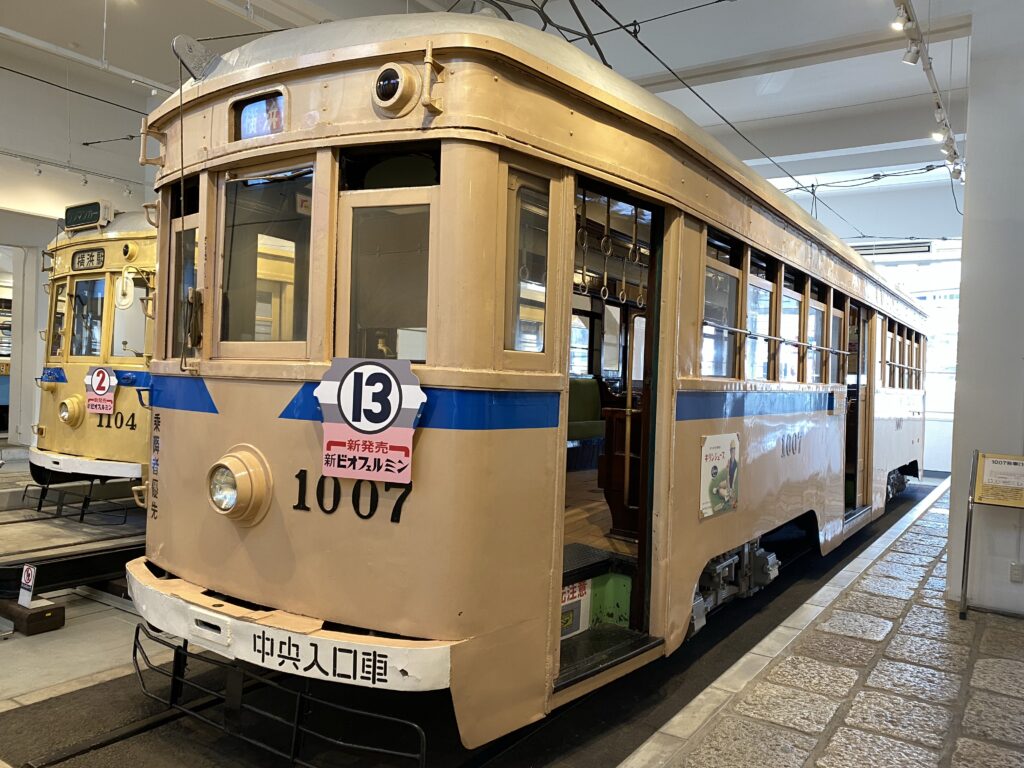
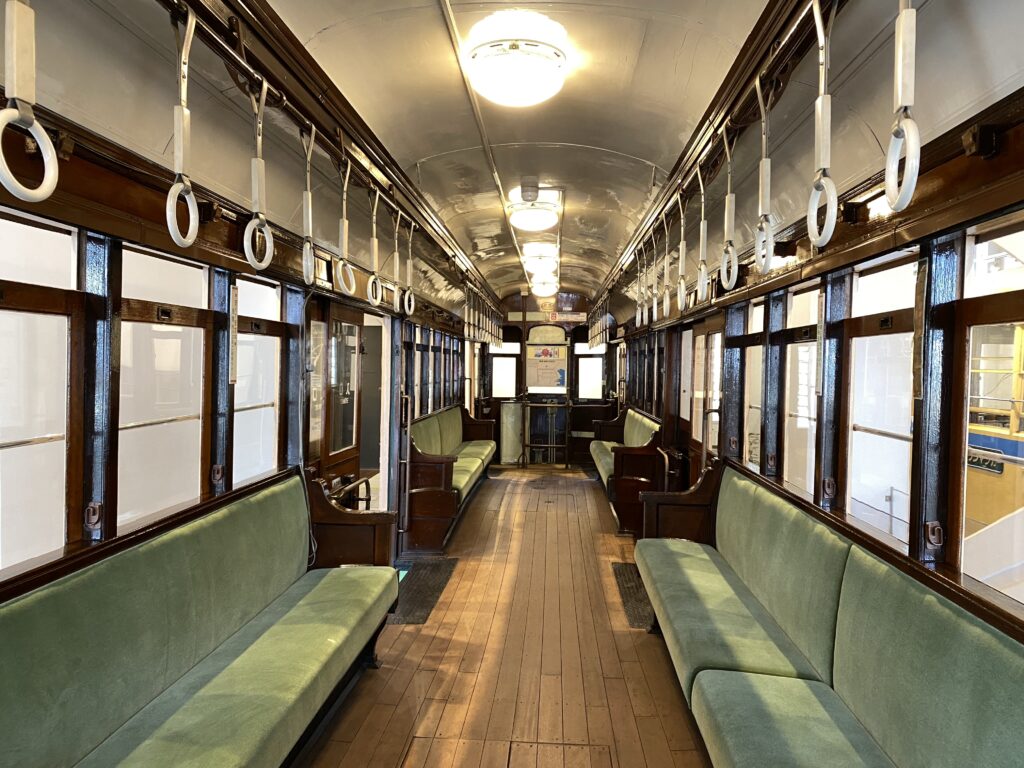
The illuminated car that operated on special occasions was also on display.
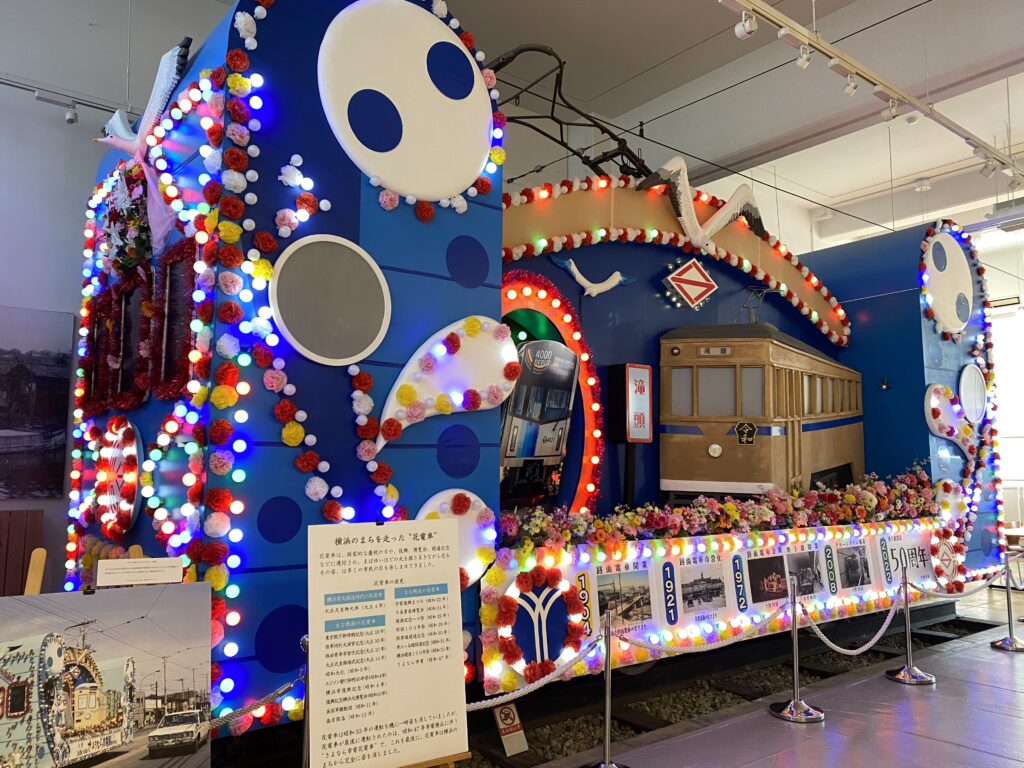
Next is the historical exhibition area. The trams have been with the development of Yokohama. After starting operations in the Meiji period, the tramway reached its peak during the period of reconstruction and rapid economic growth after the Great Kanto Earthquake and the war.

This is a map of the Yokohama City Tram. At its peak, there were 13 lines, running throughout the city of Yokohama.

Trolleybuses also ran in Yokohama from 1959 to 1972. Since there was no need to lay rails, construction costs were relatively low.
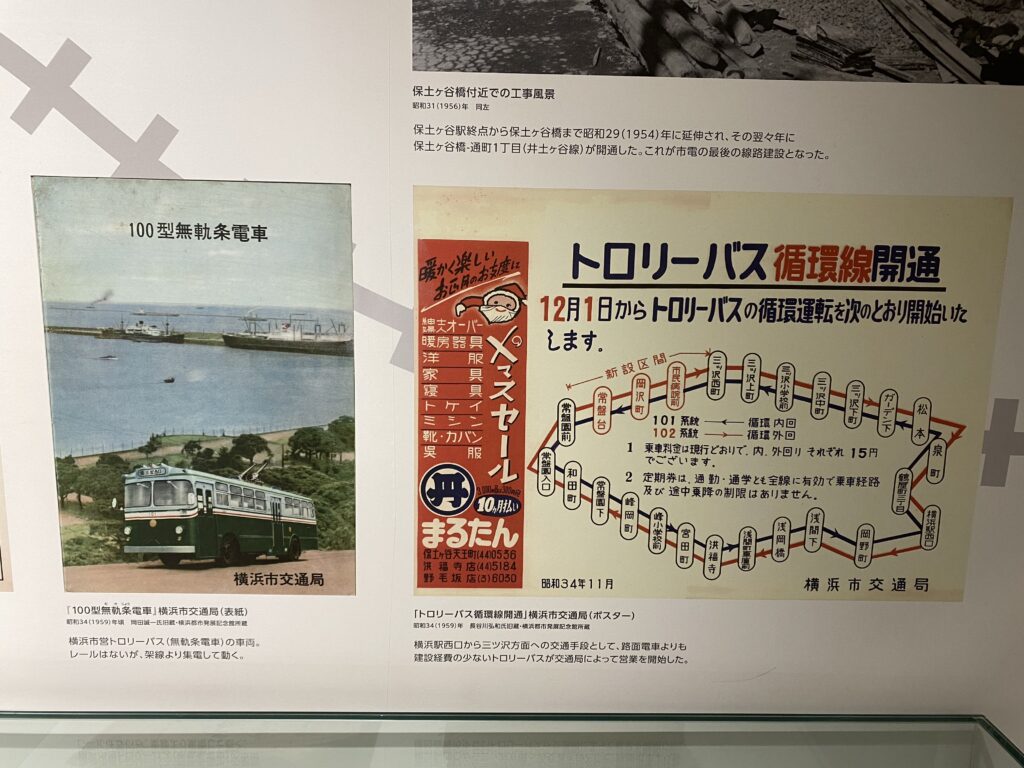
In addition, there are model trains and dioramas.
| access | The nearest bus stops are “Shiden Hozonkan Mae(Tram Museum)” and “Takigashira”. From Yokohama Station East Exit, take Keikyu Bus 110 or Yokohama Municipal Bus 102. A 3-minute walk from “Takigashira” bus stop. |
| fee | Adult 300 yen, Child 100 yen |
| open hours | 9:00 am to 5:00 pm Closed every Monday (or the following day if Monday is a public holiday) and New Year holidays (29 Dec – 3 Jan). *Open on Mondays during spring, summer, and winter school holidays. |




